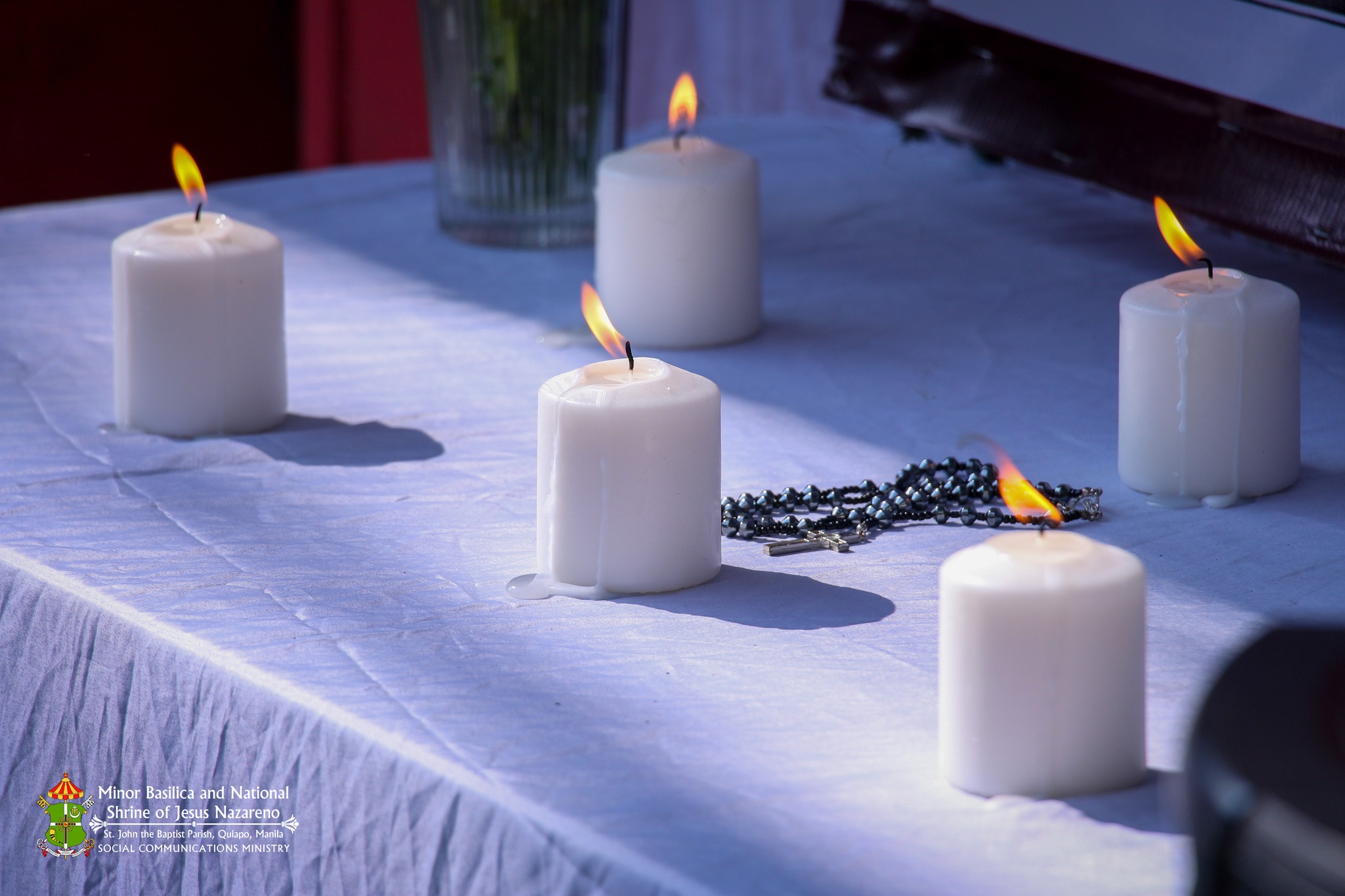
By Brian Jules Campued
During Holy Week, Catholic faithfuls recall the events from the arrival of Jesus in Jerusalem (Palm Sunday) leading up to His suffering and death on the cross (Good Friday), and resurrection (Easter Sunday). For Catholics around the world, this is also a period of penance and fasting to reflect His sacrifice and agony—and accompany Jesus in His mission to deliver us from sin.
In the Philippines, devotees have several traditions to show their faith or “panata” such as visiting seven churches to pray at the Altars of Repose in every church. Also called pilgrimage, this custom is usually done in groups wherein pilgrims meditate or reflect on the Passion of Christ.
Filipino Catholics do not have to travel far for Visita Iglesia, what’s important is the spiritual purpose in the pilgrimage. Even in the National Capital alone, there are already a number of churches to put on your list of stops for Visita Iglesia. The following are a rundown of seven churches in Manila:
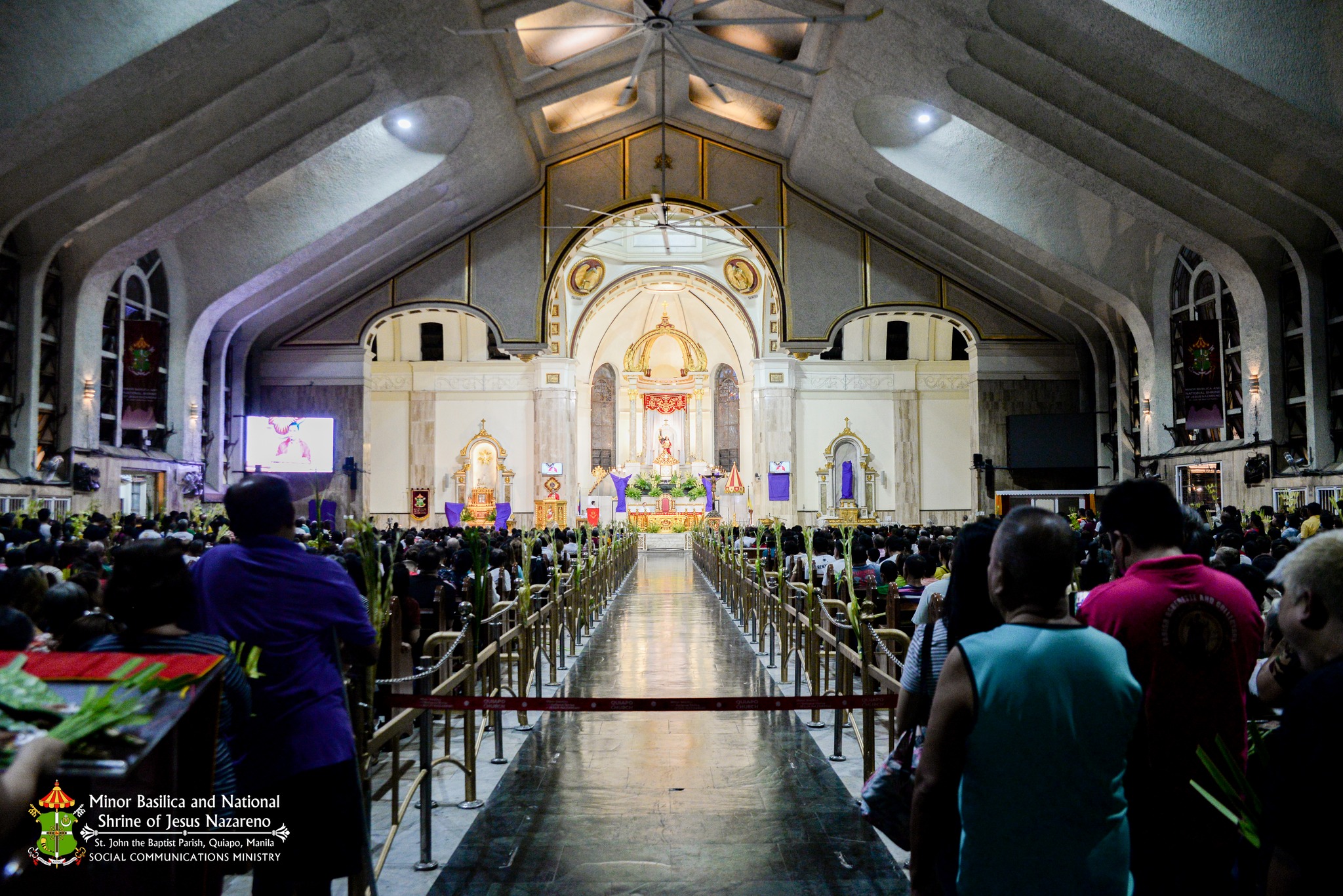
-
Minor Basilica and National Shrine of Jesus Nazareno
Also known as Saint John the Baptist Church, the Quiapo Church is a 1933 replacement of an older structure destroyed by fire. One of Manila’s most popular landmarks, Quiapo is the home of the Black Nazarene—an ebony-carved statue which was brought to Quiapo in 1767.
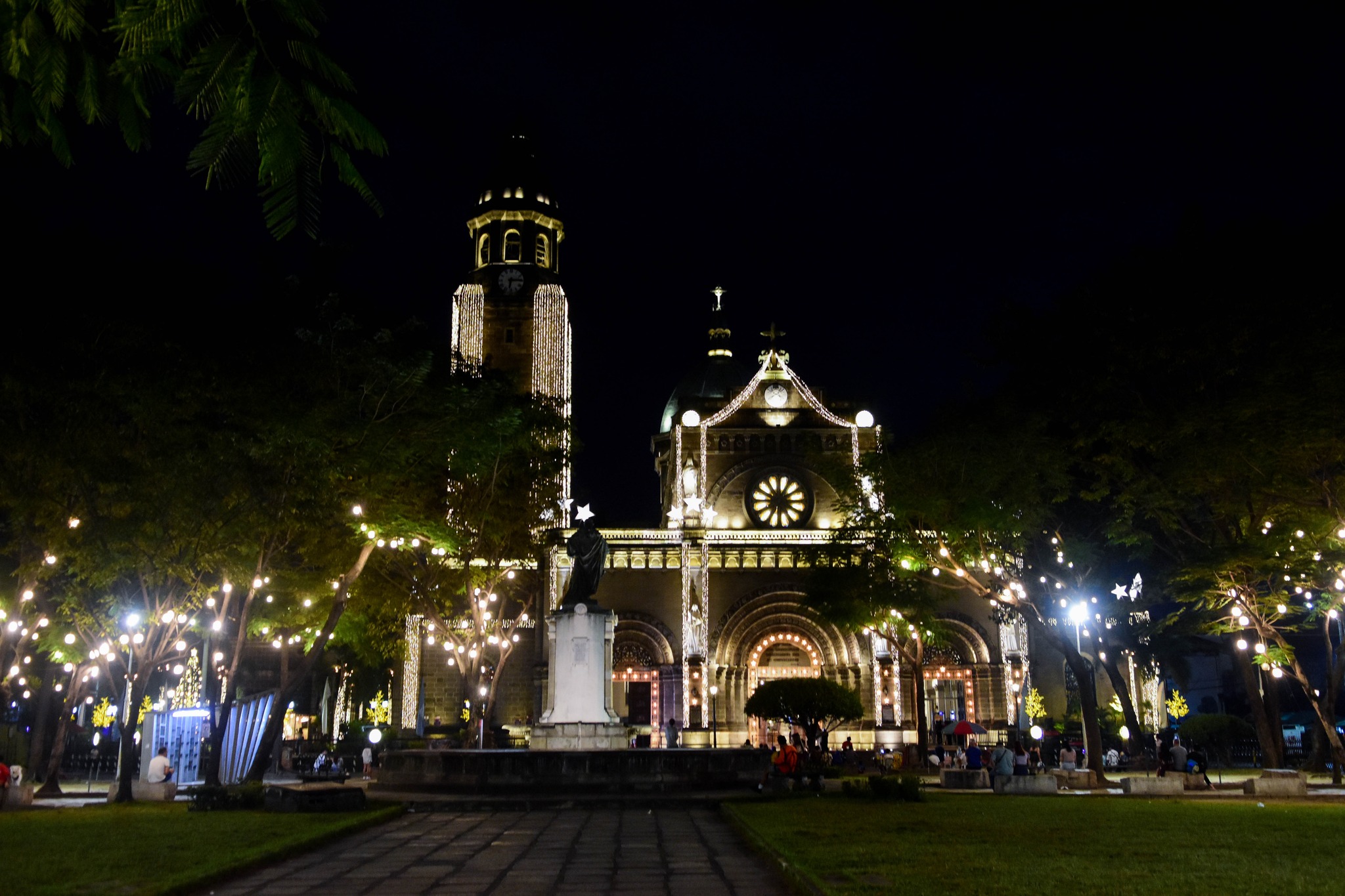
-
Manila Cathedral
Located in Intramuros, the Manila Cathedral-Basilica was initially built as a simple paris made of nipa and bamboo in Manila in 1571 by a secular priest named Juan de Vivero which was dedicated to Our Lady of the Immaculate Concepcion. Its status was elevated to a cathedral by Bishop Domingo Salazar on Dec. 21, 1581.
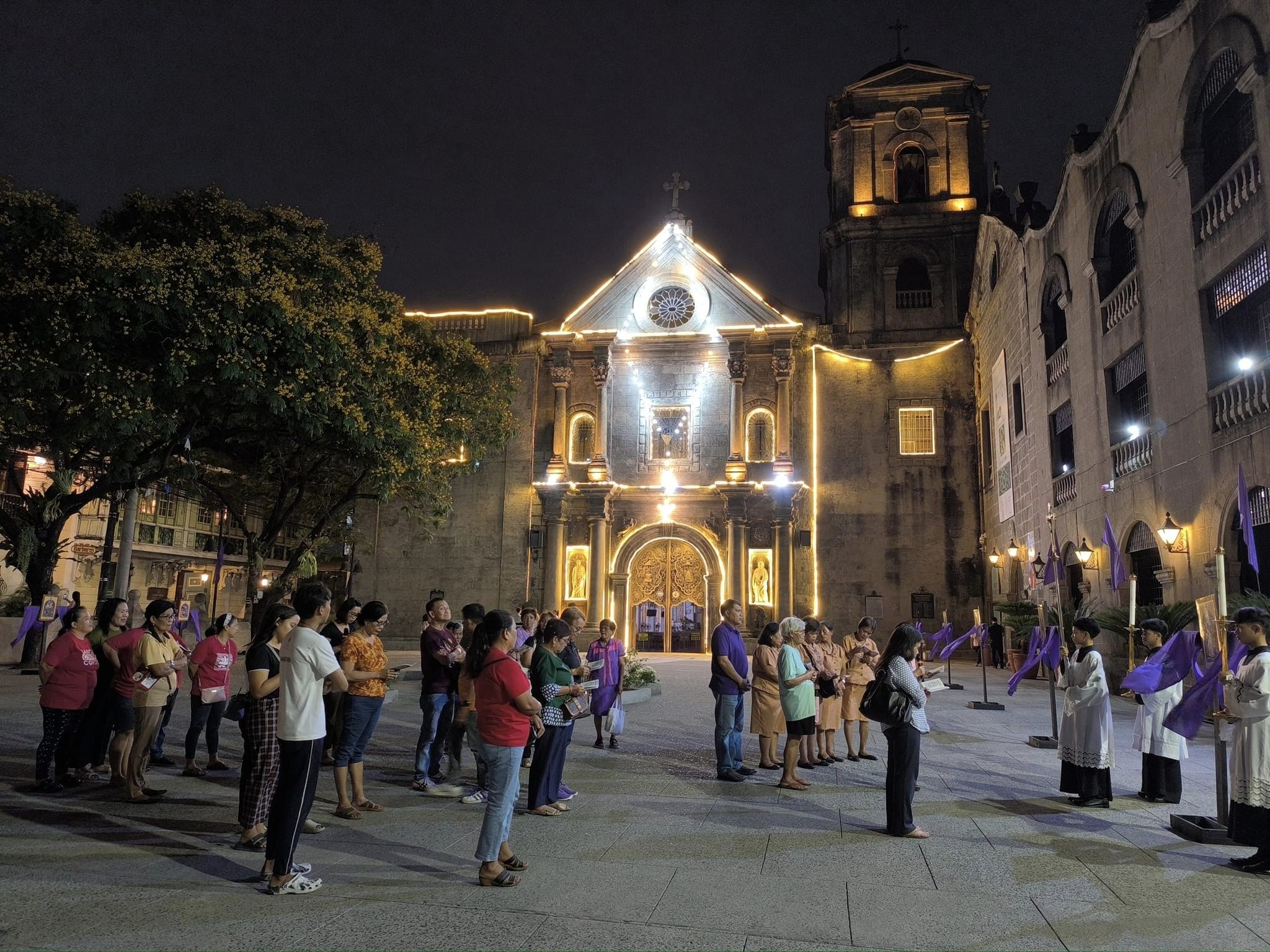
-
San Agustin Church
Also found in Intramuros, this church was first constructed out of nipa and bamboo in 1571 under the Augustinian Order—then named as Iglesia y Convento de San Pablo. After a fire which destroyed the church, the reconstruction of the Church of the Immaculate Conception of San Agustin, Archdiocesan Shrine of Our Lady of Consolation and Cincture was completed in 1607 and has been inscribed in the UNESCO World Heritage List in 1993.
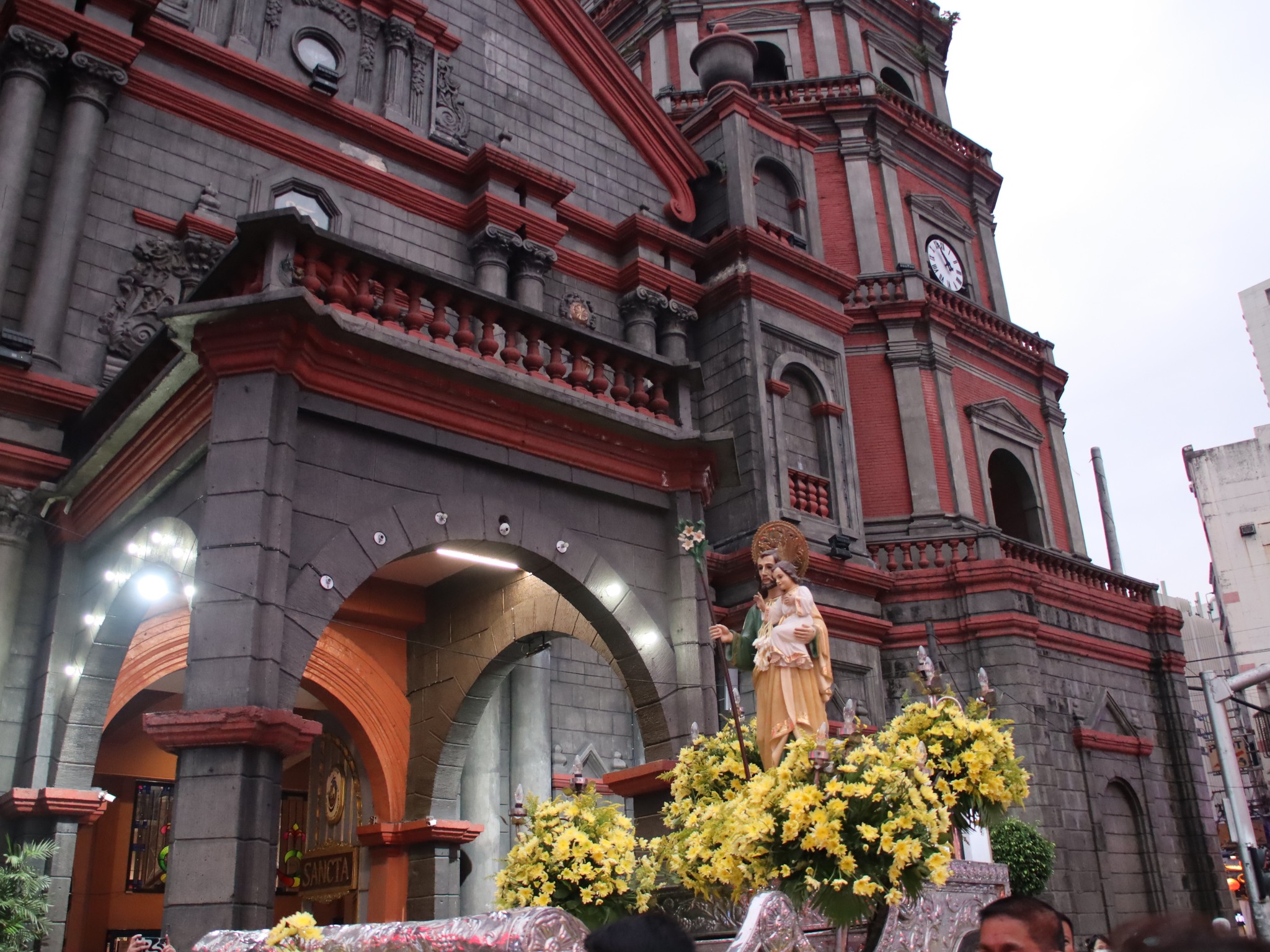
-
Binondo Church
Founded by Dominican priests in 1596 to serve Chinese converts to Christianity and to native Filipinos. Located in the heart of Chinatown, the Minor Basilica and National Shrine of San Lorenzo Ruiz was dedicated to Saint Gabriel the Archangel—Binondo’s patron until the mid-19th century. From the early 1700s up to the present, the church was known as Our Lady of the Most Holy Rosary Parish.

-
Sta. Cruz Church
Built as a parish in June 20, 1619 by the Jesuits when the “arrabal” or suburb of Santa Cruz came into existence. The church had undergone several repairs and reconstruction efforts until the 1950s. Santa Cruz is also the first Mission and Mother house of Filipino Sacramentinos, making it the center of Congregation activities and events.

-
Malate Church
Malate Church traces its origins to a church built by the Augustinian friars from 1588-1591. It was dedicated to Our Lady of Remedies or the Nuestra Señora de los Remedios, the patron saint of childbirth.

-
Sta. Ana Church
Dedicated to Our Lady of the Abandoned, the patron saint of Santa Ana, this barn-style Baroque architecture was damaged in the 1645 Luzon earthquake. The church was reconstructed in 1848 by Andres Diaz but was destroyed by another tremor in 1882. A year after, Patricio Martin initiated the construction of the church people see in the present. – avds
